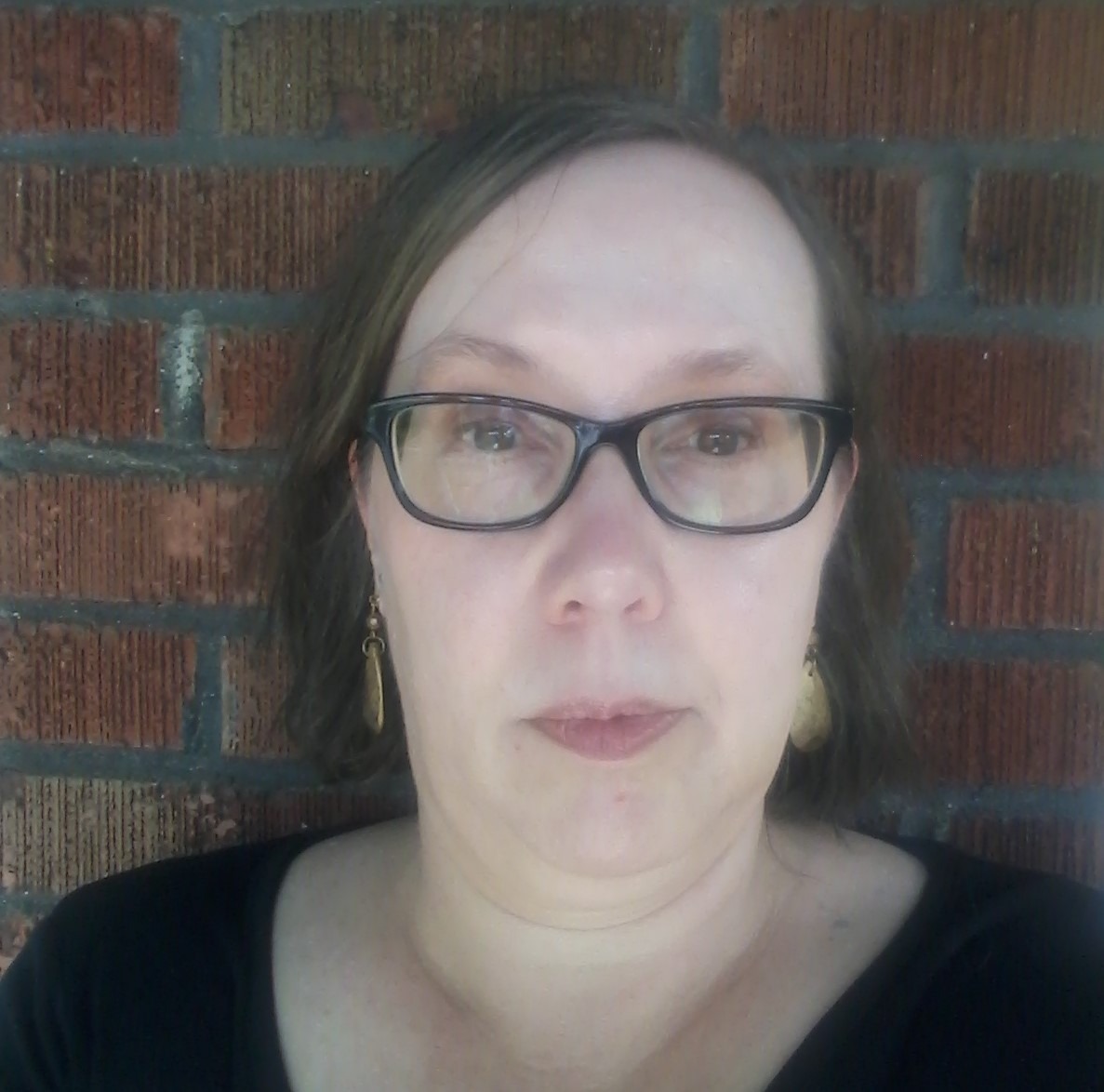MDS 3.0 Section Q: A discharge planning paradigm shift
The October 1, 2010, implementation of the MDS 3.0 came with a few hiccups for directors of nursing (DONs) and their staff members to address. Nursing facilities, as well as residents and their families, had to become accustomed to a new clinical assessment tool that mandates a significant amount of clinician/resident interaction in the form of interviews and questions so that the interdisciplinary team can obtain a more accurate, timely picture of each resident’s clinical needs and preferences.
MDS 3.0 Section Q, Participation in Assessment and Goal Setting, in particular has caused some consternation among residents and their families. In the first few weeks following MDS 3.0 implementation, one nurse described her facility as a hive, filled with buzzing family members who were angry that staff members were upsetting the residents by asking, as instructed by MDS 3.0 item Q0500B, “Do you want to talk to someone about the possibility of returning to the community?”
DONs need to establish an ongoing process to educate residents and their families about the new Section Q requirements, recommends Patricia Boyer, MSM, RN, NHA, president of the consulting firm Boyer and Associates in Brookfield, Wisconsin.
“The revised Section Q probably doesn’t represent a significant change for short-term rehabilitation residents who are already planning to go home,” says Boyer. “However, for longer-term residents, DONs will want to ensure that families who thought their loved ones were settled in the nursing home aren’t shocked when Mom or Dad says, ‘I just got information on how I can go out into the community.’ That could be a huge problem if DONs aren’t proactively addressing the issue on a routine basis because residents now must be asked whether they want information about returning to the community much more often than previously required.”
The Centers for Medicare & Medicaid Services (CMS) has developed a brochure to help residents and their families understand why nursing home staff are asking this often controversial question and what will happen if residents, their families, or significant others answer “yes.” DONs can use this brochure, “Your Right to Get Information About Returning to the Community,” as the starting point to inform residents and their families about the new Section Q requirements-and to soothe any fears that this question may stir up, suggests Boyer.
However, while residents and their families have to get used to Section Q, DONs must undergo a significant paradigm shift to prevent their very real misgivings from obstructing the process, says Judy Wilhide Brandt, RN, RAC-MT, C-NE, president of Judy Wilhide MDS Consulting in Virginia Beach, Virginia, and an American Association of Nurse Assessment Coordinators-certified master teacher. MDS 3.0 item Q0400B, “What determination was made by the resident and the care planning team regarding discharge to the community?” allows assessors to skip Q0500B if, according to the coding guidelines laid out in the RAI User’s Manual for the MDS 3.0, discharge to the community is determined to be not feasible.
“Almost every DON has a horror story about a resident who wanted to leave the facility, but the family didn’t want that resident to return home,” Brandt points out. “The family says, ‘Don’t tell Mama that we’re not taking her home.’ The resident says, ‘I’m going home. Tell me I am going home.’ Consequently, the DON gets caught in the crossfire.” Another issue is that most DONs have seen residents discharged unsuccessfully to other settings. “These discharges didn’t go well, and the residents ended up back in the nursing facility-often after a trip to the hospital,” she explains.
The end result is that many DONs are wary of stirring up that potential hornet’s nest, particularly for cognitively aware long-term residents, says Brandt. “DONs usually know their residents well. They realize who could live elsewhere, but they also know their residents’ family situations and understand that there is nowhere for these residents to go. So the DONs-and their staff members who are coding the MDS-would tend to say that discharge is not feasible, thinking they are protecting the resident from more heartbreak when they might in fact be preventing the resident from a successful discharge.”
DONs need to ask their social workers and other MDS assessors to “suspend disbelief,” suggests Brandt. “Section Q is targeting residents who typically have a cognitive awareness of where they are and have a desire to be somewhere else. These are the residents we need to talk to. If they want to go somewhere else, we have to say that discharge is feasible, whether or not we believe there is somewhere else for them to go. We have to call the state local contact agency as instructed.”
On the other hand, DONs don’t need to worry about Q0500B for residents with a cognitive impairment whose guardian or representative payee has determined that the best place for them to stay is in the nursing facility, says Brandt. “There is a lot of misinformation about how Section Q affects these cognitively impaired residents because the section has undergone many changes since the first MDS 3.0 draft was released several years ago. However, according to the most recent coding instructions in the RAI User’s Manual, assessors can say [in Q0400B] that discharge is not feasible in this type of scenario, and then they are done with Section Q.”
DONs can download the “Return to Community” brochure online (www.medicare.gov/Publications/Pubs/pdf/11477.pdf) and print out their own copies. Alternatively, providers can set up a free account at CMS’ Product Ordering Web site (https://productordering.cms.hhs.gov) to order printed copies of the brochure (publication 11477).
Visit the CMS Community Living Initiative at www.cms.gov/CommunityServices/10_CommunityLivingInitiative.asp, which provides access to training videos, contact information for state local contact agencies, and other resources.
Visit www.cms.gov/NursingHomeQualityInits/45_NHQIMDS30TrainingMaterials.asp for the latest RAI User’s Manual.

Caralyn Davis is a freelance writer specializing in the post-acute care sector. Email her at: caralynd@outlook.com.
Related Articles
Topics: Articles












